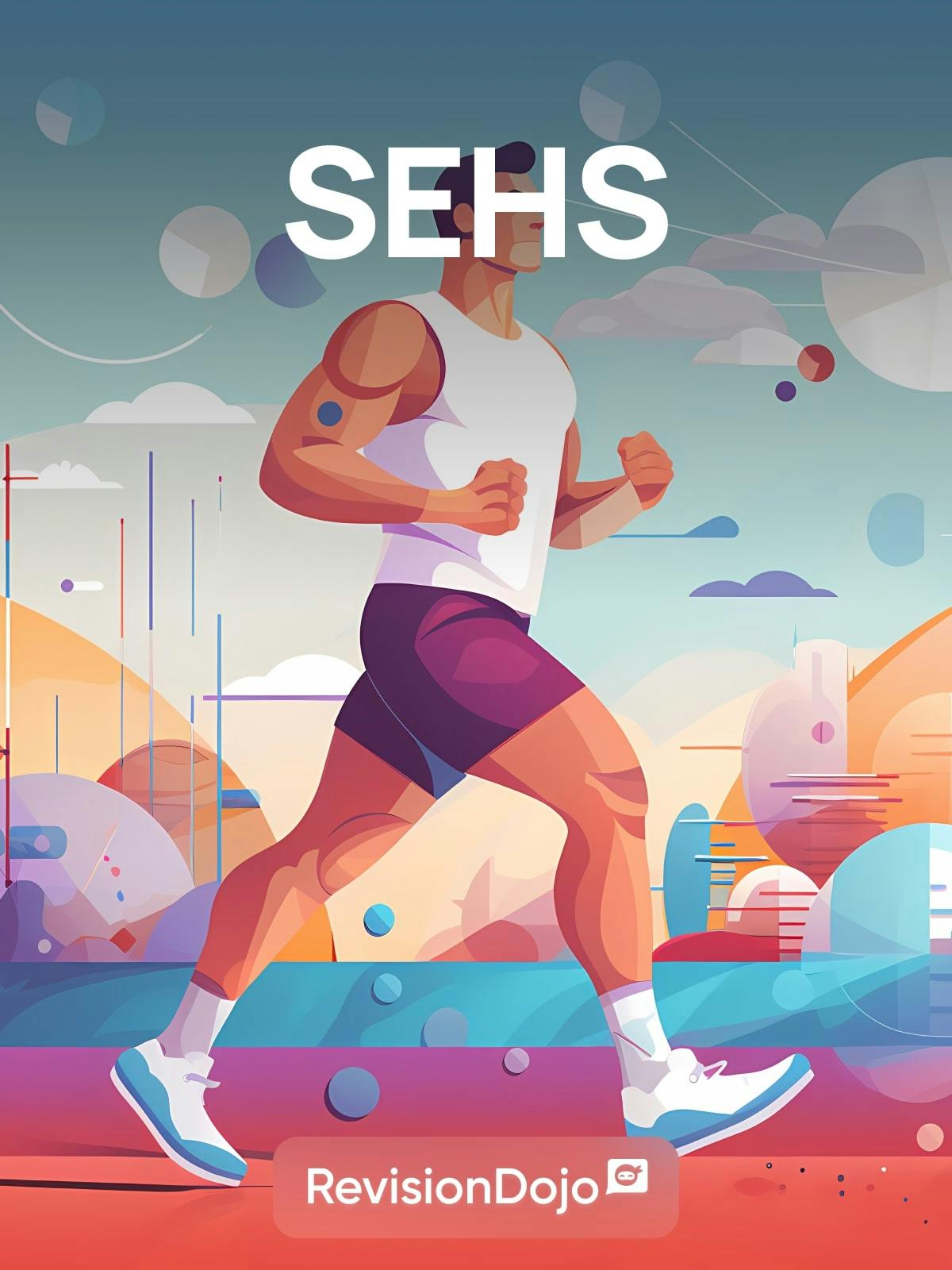

Which applies to circulating hormones?

Which of the following correctly describes the relationship between the hypothalamus and the pituitary gland?

How are circulating hormone levels regulated?
I. Feedback mechanisms
II. Signals from the neural system
III. Chemical alterations in the bloodstream and other hormones

What distinguishes local hormones from circulating hormones?

Which hormonal glands are located in the cranium?

State the position and role of the pituitary gland.

Describe excess post-exercise oxygen consumption (EPOC) and its role during the recovery phase.

Describe how cardiovascular drift takes place.

Explain the chemical control of ventilation during exercise.

Analyze the physiological factors that contribute to peripheral fatigue during long-distance running.

Explain the variability in VO2max in the following groups: trained and untrained.

Explain the variability in VO2max in the following groups: male and female.

Describe the function of the conducting airways in maintaining a healthy condition.

List two components of the ventilatory system.

Describe the source and role of insulin and glucagon in the body.

Explain the variability in VO2max in the following groups: young and old.

With reference to specific hormones, discuss the relationship between the hypothalamus and the pituitary gland.

Describe the impact of DNA in shaping human traits.

Discuss the connection between physical activity and vulnerability to illness.

Explain the process of gas exchange at the alveoli.

Explain the regulation of epinephrine and insulin levels in the body.

What factor determines if circulating hormones will elicit a response in target organs?

What hormone-producing gland is situated on the top of the kidney?
